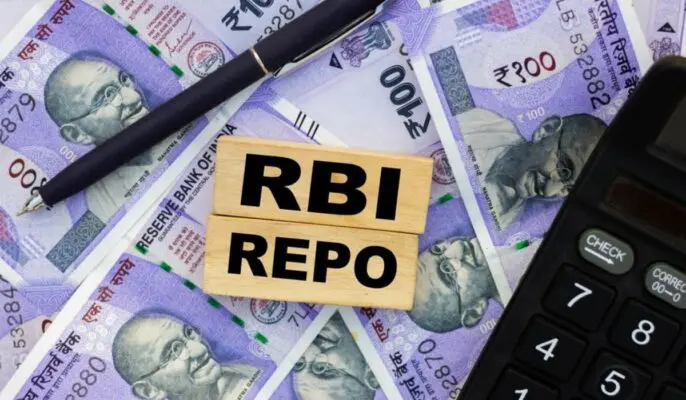The Reserve Bank of India (RBI) has announced a cut in Cash Reserve Ratio (CRR) and Repo Rate by 100 BPS and 50 BPS, respectively, in the 55th Monetary Policy Meeting on Friday, 6th June 2025, under the chairmanship of Governor Sanjay Malhotra.
This meeting was of key significance as it happened during changing global economy and evolving economic conditions of India. The strategic shift in policy to help growth while keeping prices stable.
Still wondering what cash reserve ratio and repo rate actually mean and how they impact you and the overall economy? Let’s break it down and take a closer look.
What Is Cash Reserve Ratio (CRR) And Why Does It Matter?

Cash Reserve Ratio (CRR)is the percentage of a bank's total deposits that it is required to keep as reserves with the RBI. Banks do not earn any interest on these reserves. The CRR is a tool used by the RBI to manage liquidity in the banking system.
Simply explained, suppose if a bank receives ₹100 in deposits, it earlier had to set aside ₹4 with the RBI. Now, it only needs to keep ₹3, allowing it to lend out ₹97 instead of ₹96. This small change can significantly boost credit flow in the economy.
The reduction will be implemented in four intervals of 25 bps each, starting from. September 6, followed by October 4, November 1 and November 9.
Understanding Repo Rate And Its Impact.
Repo rate is the interest rate at which commercial banks borrow money from the RBI by selling their securities with an agreement to repurchase them at a later date to meet immediate liquidity needs. A 50 basis point (0.5%) cut in this rate makes borrowing cheaper for banks.
In turn, banks are expected to pass on this benefit to customers by reducing interest rates on loans to individuals and businesses. Lower borrowing costs can lead to increased demand, thereby stimulating growth in various sectors like housing, automobiles, and manufacturing.

What It Means For You?
- Lower EMIs: If you're repaying a loan or planning to take one, you can benefit from a rate cut with lower monthly payments
- Cheaper Loans: As liquidity increases, banks offer loans at better and affordable rates
- Boost for Investments: Falling interest rates often drive investor attention toward stocks, mutual funds, and other market-linked investments, which could offer higher returns compared to traditional savings.
Impact On The Economy
The lowering of the Cash Reserve Ratio (CRR) will inject nearly ₹2.5 lakh crore into the banking system. This increased liquidity allows banks to enhance their credit facilities and lend more. Meanwhile, with the Repo Rate cut, banks can offer loans to businesses and individuals at lower rates. encouraging borrowing, investment, and overall economic growth.
Frequently Asked Questions (FAQs)
1. What is the Cash Reserve Ratio (CRR)?
CRR is the percentage of a bank's total deposits that must be kept with the Reserve Bank of India. It’s a tool used to control liquidity in the banking system.
2. How does a CRR cut benefit the economy?
A CRR cut increases the amount of money banks can lend by reducing the reserve requirement, thereby boosting liquidity and encouraging credit growth.
3. What is the Repo Rate?
The Repo Rate is the interest rate at which the RBI lends money to commercial banks against government securities.
4. How does a Repo Rate cut affect borrowers?
When the Repo Rate is reduced, banks can borrow at lower costs and are likely to pass on the benefit by lowering interest rates on loans, which results in cheaper EMIs for borrowers.
5. Will loan EMIs decrease after these cuts?
Yes, if your loan is linked to an external benchmark or repo rate, you could see a reduction in EMIs in the coming months as banks adjust their lending rates.
6. How do these changes impact investors?
Falling interest rates may prompt investors to shift funds from fixed deposits to equities, mutual funds, or other higher-return, market-linked instruments.
7. When will the CRR cut be implemented?
The CRR reduction will be implemented in four phases starting on September 6, followed by October 4, November 1, and November 9.
Disclaimer: Investocraxze does not provide financial or investment advice. Content is for informational purposes only.